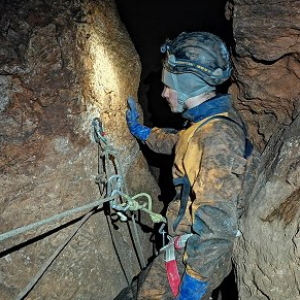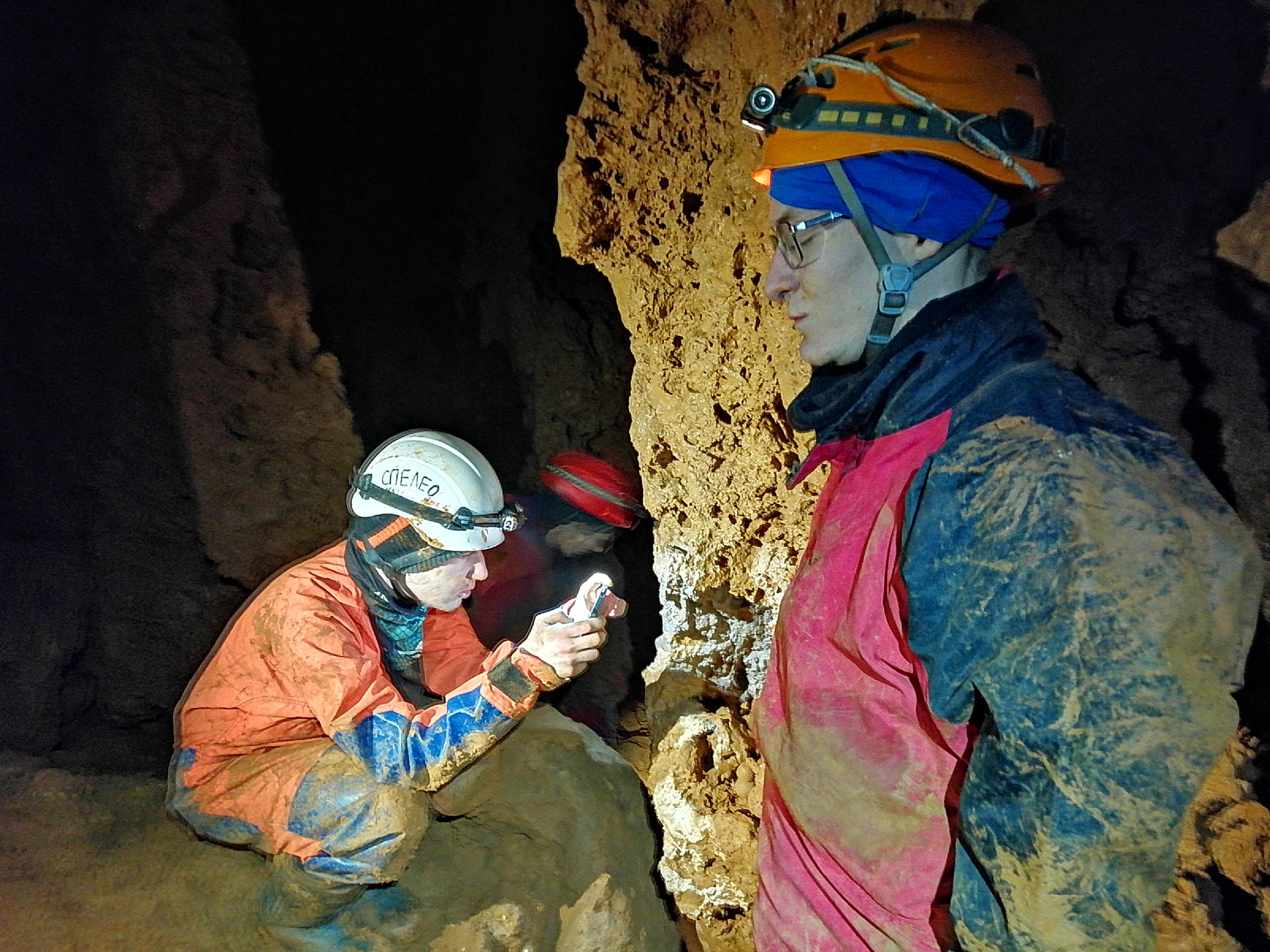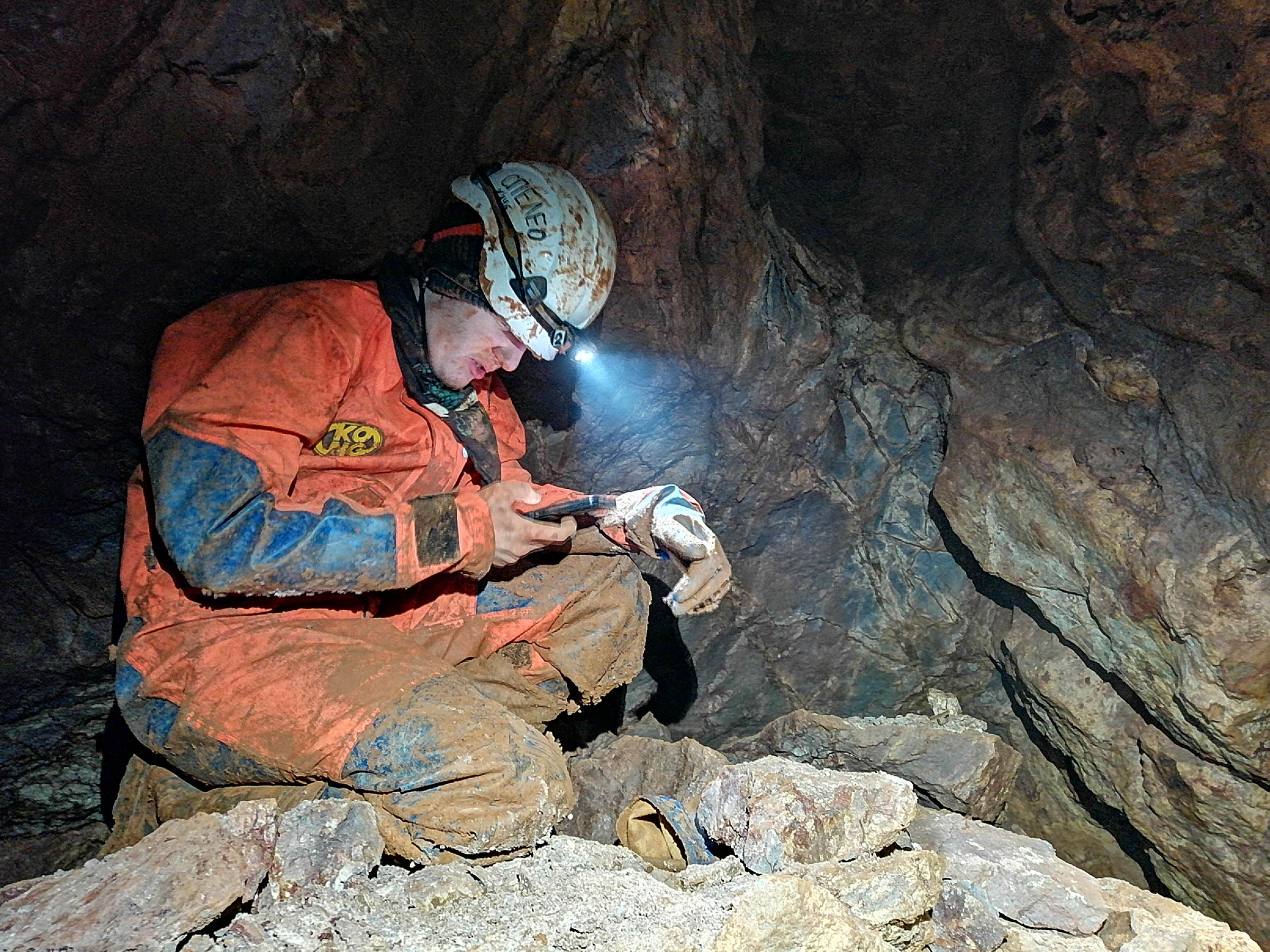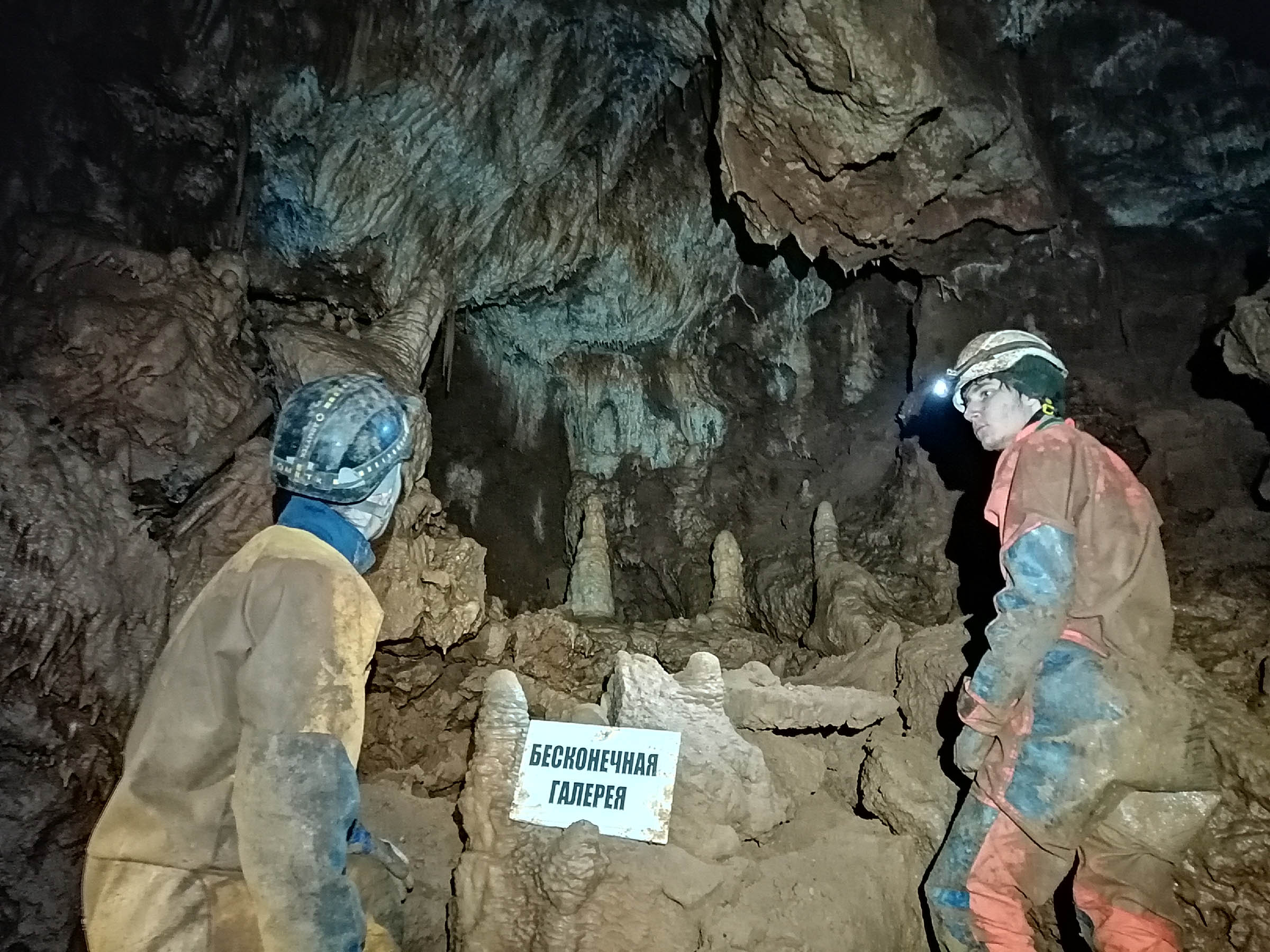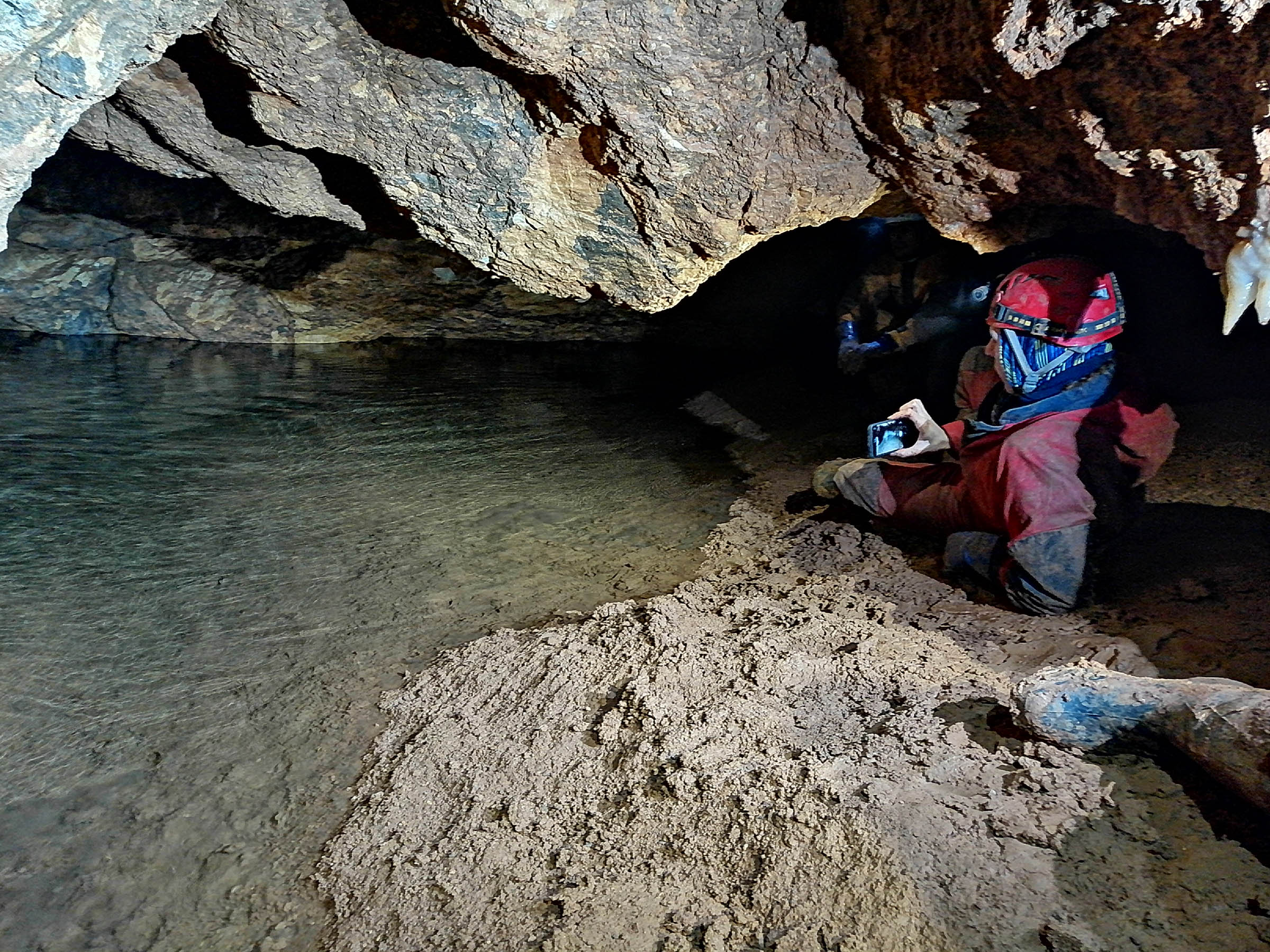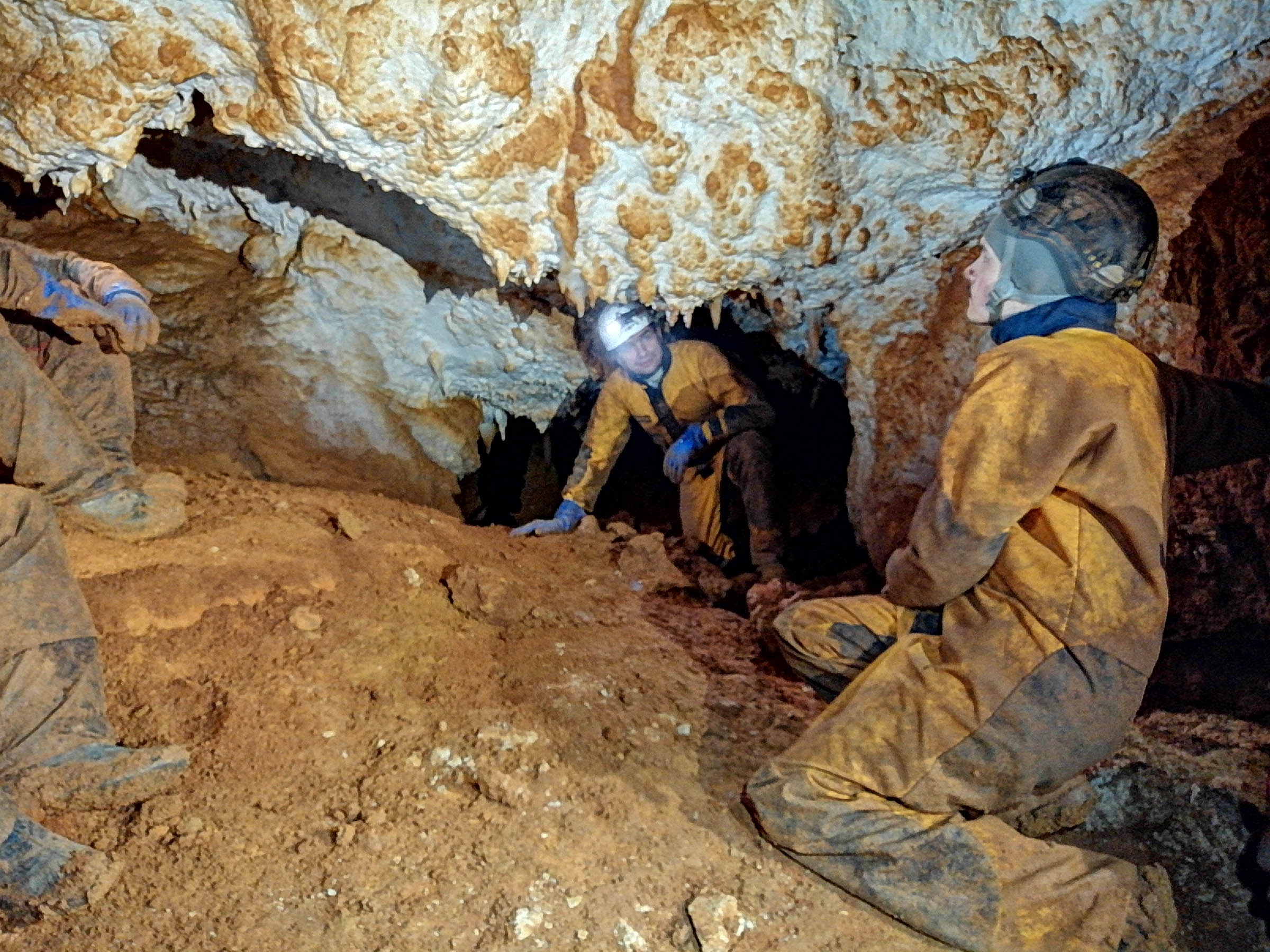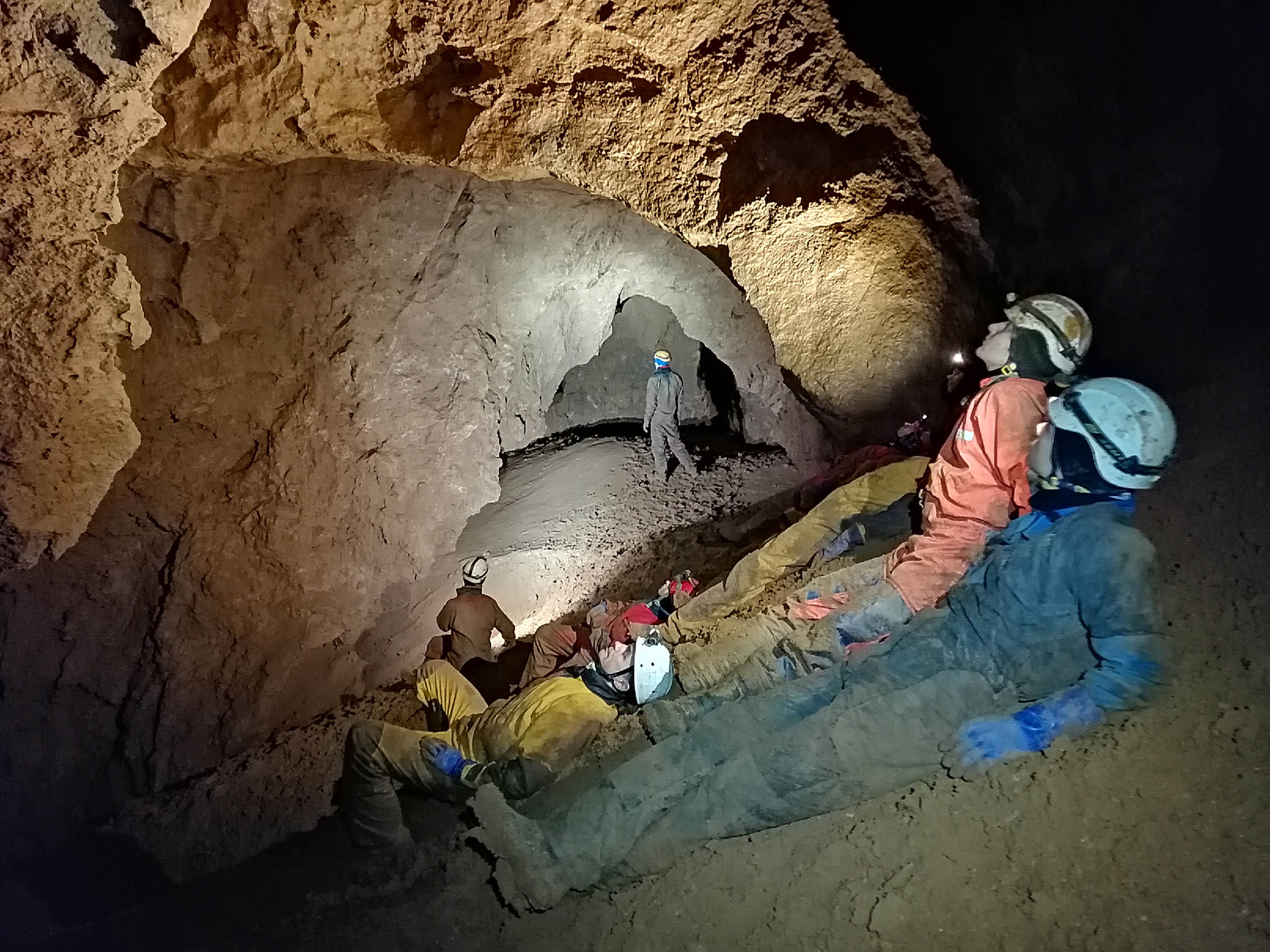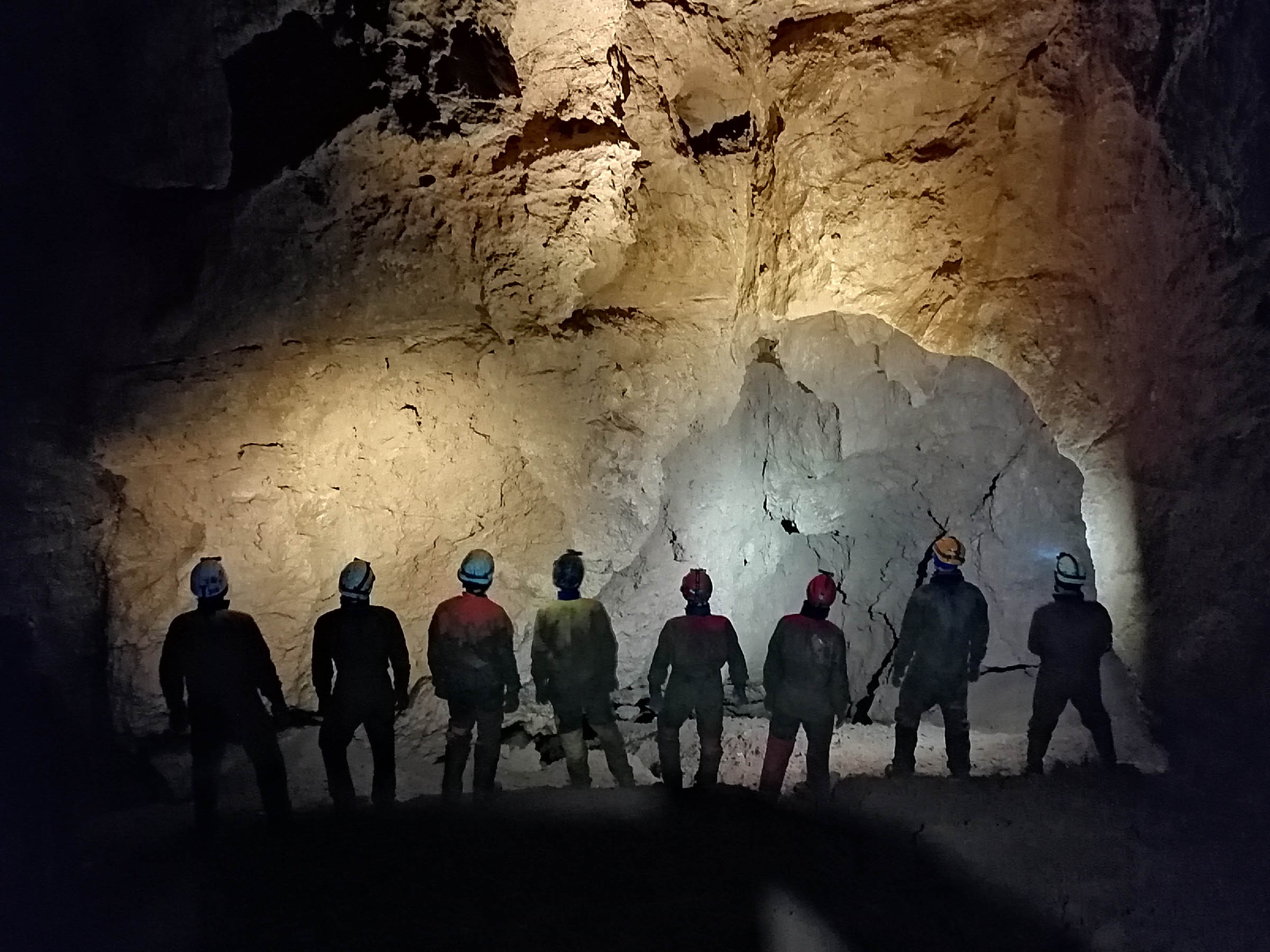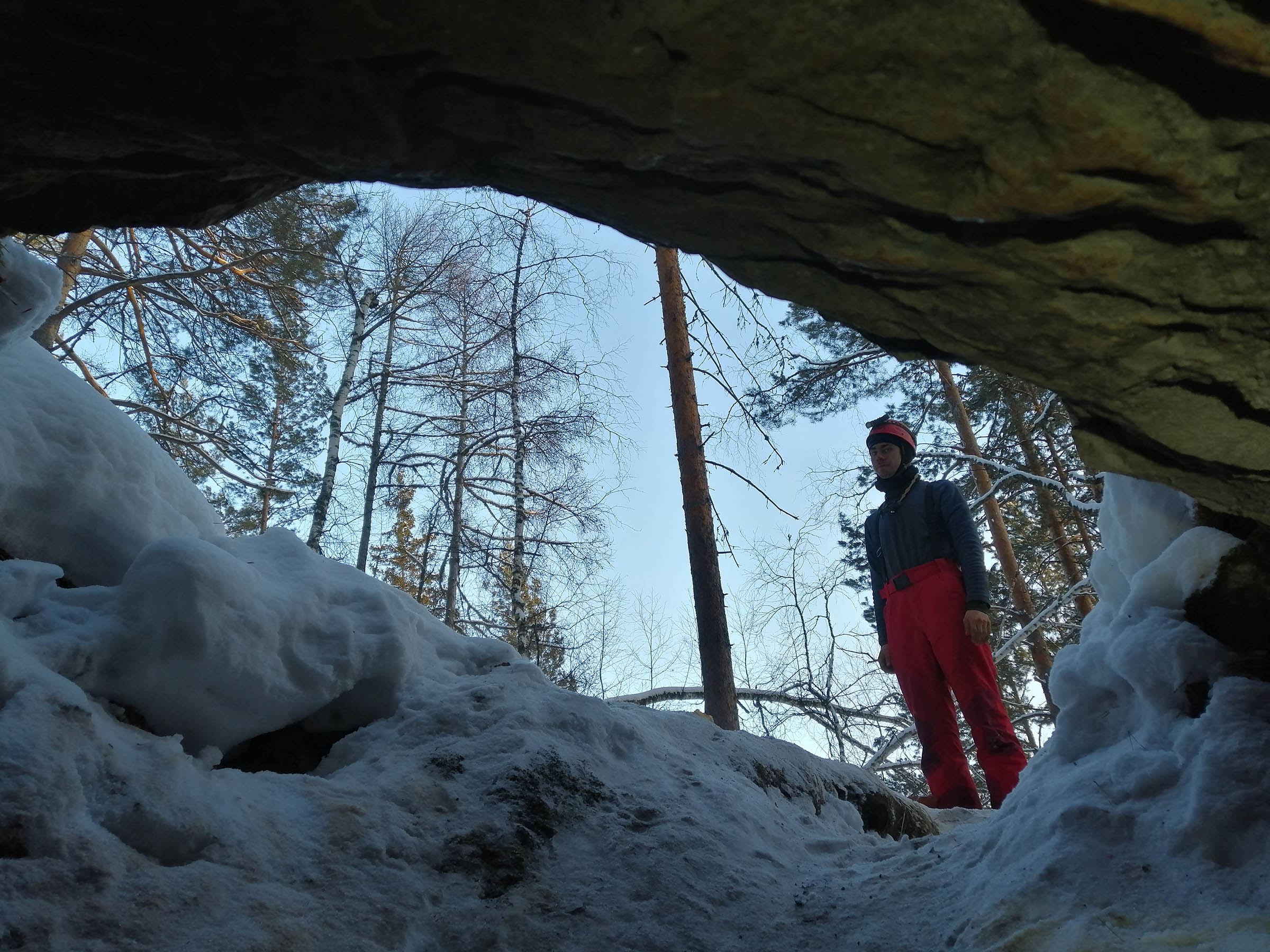During the winter holidays, seven students from the University’s Speleo Club visited the distant snow-covered Krasnoyarsk Krai. They explored the Upper Bazaikha Cave and the cave called Gift in the Krasnoyarsk Pillars National Park. Both of them are located near the settlement of Verkhnyaya Bazaikha and are part of the Torgashinsky Ridge mountain range. The basic rules of extreme travel are described in this article.
According to the head of the club, Valentin Potapov, the group had been planning to go to the Krasnoyarsk Krai – three thousand kilometers from Samara – for several months in a row. The guys regularly trained at the University’s climbing wall and practiced passing caves that were not difficult for beginners. As a result, from January 31 to February 11, as part of the winter speleoschool, the cave explorers got acquainted with the amazing nature of Siberia. They were especially impressed by the Krasnoyarsk pillars.
"This is the true eighth wonder of the world – 100-meter vertical smooth stones! It is clear that they are not man-made, but you wonder: how could they be formed? We were lucky with the sunny weather: the views from these giant pillars to the huge spruce forest were unforgettable", told Nikita Bugaev, a second-year student at the Institute of Aerospace Engineering, and Ivan Repin, a third-year student at the Institute of Natural and Mathematical Sciences.
The Upper Bazaiha turned out to be a "sports" cave: the guys would move from one large stone to another inside the dark room. But inside the Gift, on the contrary, it was possible to walk at full height or on all fours. "This is a generally comfortable cave with a watercourse, large halls and an endless gallery – a long passage with beautiful stalagmites", added the students.
Horizontally and vertically
The University’s Speleo Club specializes in the tourist exploration of caves of various difficulty levels. According to Valentin Potapov, speleologists divide caves into horizontal and vertical ones. And if the horizontal ones can be passed without special devices, this will not be possible in the vertical caves, because there are high and dangerous slopes inside them. Before traveling to the Krasnoyarsk Krai, the group of students trained in the horizontal caves in the Samara Region. The participants also learned how to install special equipment and safely climb down sloping walls. But, of course, in any hike, there are areas where it is difficult to squeeze through even without a backpack. Valentin Potapov told how students are taught to be agile "on the shore": during training, they crawl between the legs of chairs or special cardboard fences in the gym.
What to take with you
When hiking, young people learn to be independent: everyone must think about his/her own safety and must take everything they need. Students also check their endurance: after all, a tourist backpack weighs about 15-20 kg! It must contain a set of warm clothes, special clothes you will need to change into at the entrance to the cave, camping supplies, equipment for descents (safety belts, snap hooks, two light sources, etc.), food. And since mud and water can await inside, each adventurer needs to bring a pair of wetsuits, underwear, overalls, rubber boots, gloves and a helmet! The descent equipment is available at the Speleo Club, and it is provided to students for hikes.
Safety issues
This year, the Speleo Club will be 23 years old, and over the time, not a single accident has happened to its members! Because in these expeditions and hikes, the main attention is paid to safety issues. Before starting the trip, the head must inform the local special services about the number of participants, the route and the target dates, so that rescuers could always come to the rescue, if required.
The rich inner world
The temperature inside the cave usually does not change during the year and is about +4 oC.
The conditions here are ideal for organizing the hibernation of bats. Speleologists try to move around the cave in such a way as to preserve the peace of the local fauna: if the bats wake up at the wrong time, they will die.
The inanimate nature also surprises the guests: bizarre stalactites and stalagmites grow in some caves. And every winter, giant icicles of condensed water vapor form on the ceilings of caves. The water in these icicles is quite drinkable!
Two camps
Hiking and expeditions are different from each other. Hiking involves visiting sites along a specific route and for tourist purposes. And expeditions mean either seriously exploring an underexplored cave, or searching for new passages in well-known caves. And perhaps even the discovery of new caves. To do this, speleologists make a topographic map: they make special measurements and depict uneven surfaces on paper in the form of a section, and later transfer the drawing to digital format. Sometimes the underground rooms are so large that the work inside takes several days. Then, as a rule, two camps are set up: inside the cave and outside it. People go down to the inner camp only to work, and their routine life is organized only in the camp outside the cave. However, cave explorers happen to spend the night inside the cave, and it’s not easy: you can’t organize a campfire or a decent overnight stay, because it’s very damp.
What is speleoday?
Science has proven that human biorhythms change in caves: time seems to slow down and people begin to live in the format of a 36-hour day, this rhythm is also called "speleoday". Accordingly, the time for waking and sleeping begins to expand. It’s hard to get used to the change. After all, if a normal period of sleep takes 8 hours, then in the cave format it takes 16 hours. Accordingly, the waking time increases from 16 hours to 20 hours.
Why do you do that?
This may be the most important question: why do amateur speleologists abandon the benefits of civilization in favor of almost primitive conditions? "It was very cool, cold, sunny and beautiful in the Krasnoyarsk Krai! Each such trip develops skills and builds character, takes you out of your comfort zone and forces you to act. That’s the reason for our travelling. It is unlikely that we will find ourselves in such a place on our own again: it was an unforgettable experience", shared the students their impressions.
Valentin Potapov says that people are in the endless stream of information, and 90 % of the time the brain, not the body, turns out to work. "Speleotourism allows a person, albeit for a short time, to be alone with their own thoughts, not those of others. And physical activity helps relieve the nervous system. And, of course, such trips consolidate the team and leave the most vivid memories of our student years".
Elena Mastyugina
Photo provided by the expedition members
 RU
RU  EN
EN  CN
CN  ES
ES 